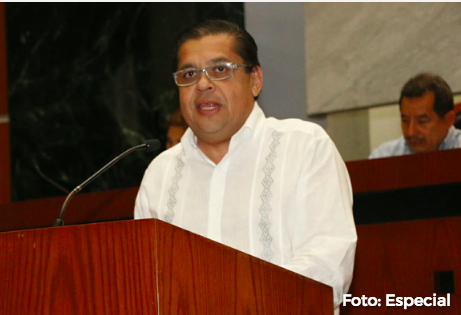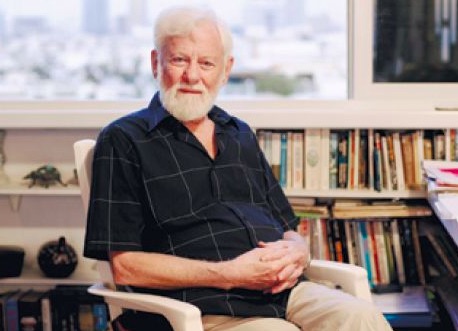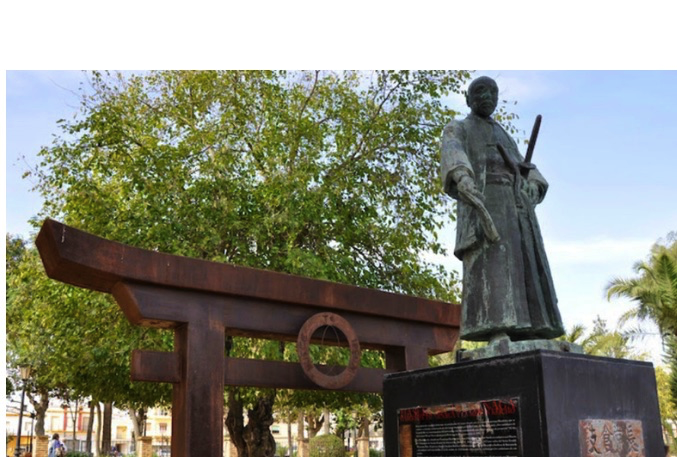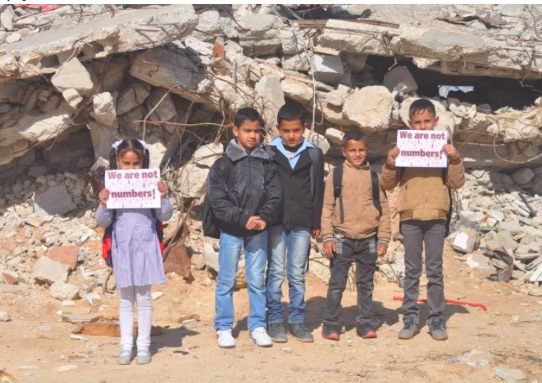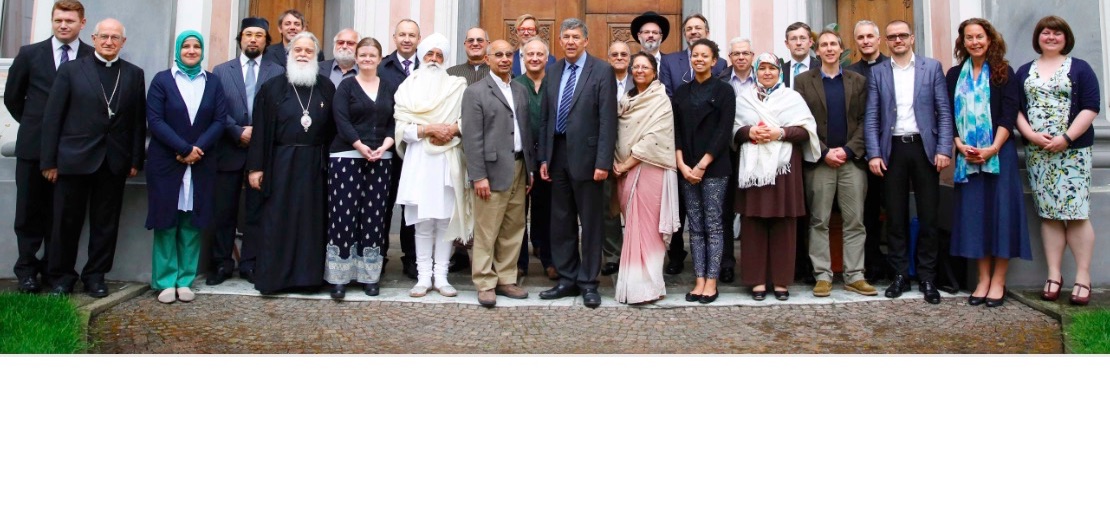DISARMAMENT & SECURITY .
An article from the African Union
The Peace and Security Council (PSC) of the African Union (AU), dedicated its 766th meeting held on 24 April 2018, to an Open Session on the theme: “Africa’s Peace and Security Landscape by the Year 2023 (End of First Ten-Year Implementation Plan of Agenda 2063): A Prospective Analysis of Peace and Security Challenges”.
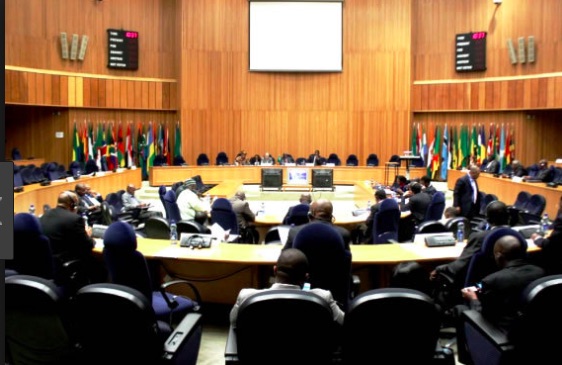
Council and participants took note of the opening statement made by the Chairperson of the PSC Chairperson for the month of April 2018, Ambassador Bankole A. Adeoye of the Federal Republic of Nigeria. They also took note of the presentations made by the AU Acting Director for Peace and Security, Dr. Admore Mupoki Kambudzi; Dr. Kassim Mohammed Khamis from the AU Directorate for Strategic Policy Planning, Monitoring and Evaluation, International Cooperation and Resource Mobilization; the Chief Executive Officer of the African Peer Review Mechanism, Professor Eddy Maloka and Dr. Jakkie Cilliers from the Institute for Security Studies. Council and participants also took note of the statements made by the representatives of AU Member States, Regional Economic Communities, as well as by the representatives of the AU partners, other institutions and organizations;
Council and participants recalled the AU Vision of achieving an integrated, prosperous and peaceful Africa driven by its own citizens and representing a dynamic force in the global arena. They also recalled Agenda 2063, as Africa’s endogenous plan for structural transformation and a shared values strategic framework for inclusive growth and sustainable development in the continent, including its seven aspirations. They recalled in particular aspiration number four on building peaceful and secure Africa. They further recalled the 50thOAU/AU Anniversary Solemn Declaration on Silencing the Guns in Africa by the Year 2020 and the United Nations Sustainable Development Goals (SDGs) also known as Agenda 2030.
Council and participants acknowledged that most of the violent conflicts and crises facing parts of the African continent are rooted in governance deficits, which include mismanagement of diversity, manipulation of constitutions, marginalization of the youth and mismanagement of natural resources. In this regard, Council and participants urged all Member States to redouble their efforts and improve their governance systems. In the same context, participants underscored the importance of further enhancing the capacity of AU Election Observation Missions, with a view to ensuring that they discharge their mandates professionally and contribute towards ensuring the credibility of elections in Member States and hence preventing election-related violent conflicts and crisis situations. They also underscored the critical role that the Panel of the Wise can play in preventing election-related conflicts in Africa.
Council and participants also acknowledged that although the AU has most of the required normative instruments for preventing conflicts and crises, as well as promoting sustainable peace, security and stability in the continent, some Member States have not yet signed and ratified these instruments. In this regard, Council urged all Member States, which had not yet done so, to urgently sign, ratify and domesticate all AU normative instruments, which among others, include the African Charter on Democracy, Elections and Governance; the OAU Declaration On Principles Governing the Conduct of Democratic Elections in Africa, the Protocol Relating to the Establishment of the Peace and Security Council of the African Union.
(article continued in right column)
(Click here for a version of this article in French.)
Question for this article:
Can the African Union help bring a culture of peace to Africa?
(article continued from left column)
Council and participants underlined the importance of the AU Commission to ensure that the implementation of the African Peace and Security Architecture (APSA) and the African Governance Architecture (AGA) are harmonized. Within the context of implementation of the AU Master Roadmap of Practical Steps to Silence the Guns in Africa by the Year 2020, Council and they also underlined the importance of enhanced collaboration and cooperation between the AU and the RECs/RMs; the AU and the United Nations; as well as between the AU and similar international entities in the promotion of durable peace, security and stability African.
Council and Participants emphasized the importance of the PSC to fully discharge its mandate as provided for by the Protocol Relating to the Establishment of the Peace and Security Council of the African Union.
Council and participants noting the close link between violent conflicts and illegal exploration of natural resources, particularly, the mineral resources, in parts of the African continent, underscored the importance of Member States to put in place effective natural resources management systems, in order to ensure that the proceeds from these resources are not used to fuel conflicts but rather, to benefit the population of the Member States concerned.
Council and participants also noting the direct link between abject poverty and violent conflicts, emphasized the importance of Member States to promote sustainable and balanced economic development programmes, which take into full consideration the needs of the population. In the same context, they encouraged Member States to invest more in modernizing Agriculture, with a view to ensuring food security to the population, and to effectively regulate the mining industries. Furthermore, they emphasized the need for Member States to effectively combat corruption, money laundering and externalization of Africa’s scarce financial resources;
Council and Participants also emphasized the importance of understanding regional dimensions of African conflicts and, hence, the significant contribution that the countries of the region can make in finding lasting solutions to protracted conflicts in Africa. Furthermore, they emphasized the importance of understanding the exogenous factors that drive and fuel violent conflicts in Africa, including the role of multi-national corporations/companies;
Mindful of the close links between some cases of relapses in parts of the African continent and non-implementation of peace agreements, Council and participants emphasized the importance of the signatories of peace agreements in countries emerging from conflict situations to sign and implement those agreements in their letter and spirit, with a view to effectively preventing future relapses. In the same context, they underscored the importance of engaging constructively with all key political actors in conflict contexts, with a view to ensuring that they develop the necessary political will to end violent conflicts and restore peace, security and stability in their countries;
Council and participants also mindful of the fact that some violent conflicts in parts of the continent are a result of regionalism, ethnic and racial marginalization, encouraged Member States to ensure that the compositions of all State institutions clearly reflect the ethnic and racial compositions of their countries.
Council and participants, mindful of the need to harness the demographic dividend and the potential security threat that can be posed by the unemployed and marginalized youth, underscored the importance of Member States to mainstream youth inclusion in peace processes and to create conducive conditions for youth empowerment.
Council and participants underscored the importance of expediting the operationalization of the African Standby Force, in order to ensure that the Force is readily available at the disposal of the PSC for possible use pursuant to Article 4 (h) of the PSC Protocol and the AU Constitutive Act;
Council and participants underscored the importance of inculcating the culture of peace, unity in diversity, tolerance in education curriculum. In this regard, they encouraged all Member States, RECs/RMs, civil society organizations, the private sector and the international community to ensure that, beyond slogans, they collectively contribute towards the realization of the goal of silencing the guns in Africa by the Year 2020.
